The more we learn about other worlds beyond Earth, the more we understand just how prevalent habitable conditions are elsewhere in the cosmos.
And this increases our knowledge of where we might find life in the Universe.
It also helps us look for it. Not only do we have a better grasp of what makes a planet habitable, we also have better tools to search for worlds with such conditions.
From exploring the icy moons of our own Solar System to using powerful observatories like the James Webb Space Telescope to study distant exoplanets, an increase in our knowledge and technology mean we've never been closer to discovering life beyond Earth.
Here are the most mind-bending facts we’ve learned so far.
Exoplanets are everywhere

When I was an astronomy graduate student in the early 1990s, no one knew if there were any other planets in the Universe other than the eight that orbit our Sun.
Since scientists believe the formation of life requires a planetary surface or ocean, the question of planets orbiting other stars loomed large.
Then, in 1995, we discovered our first extra-solar planet, or exoplanet. It was a true scientific revolution.
Fast-forward to 2024 and we’ve discovered so many exoplanets that astronomers can say with confidence that just about every star you see at night hosts a family of worlds.
After examining their growing census of worlds, astronomers made an exciting discovery.
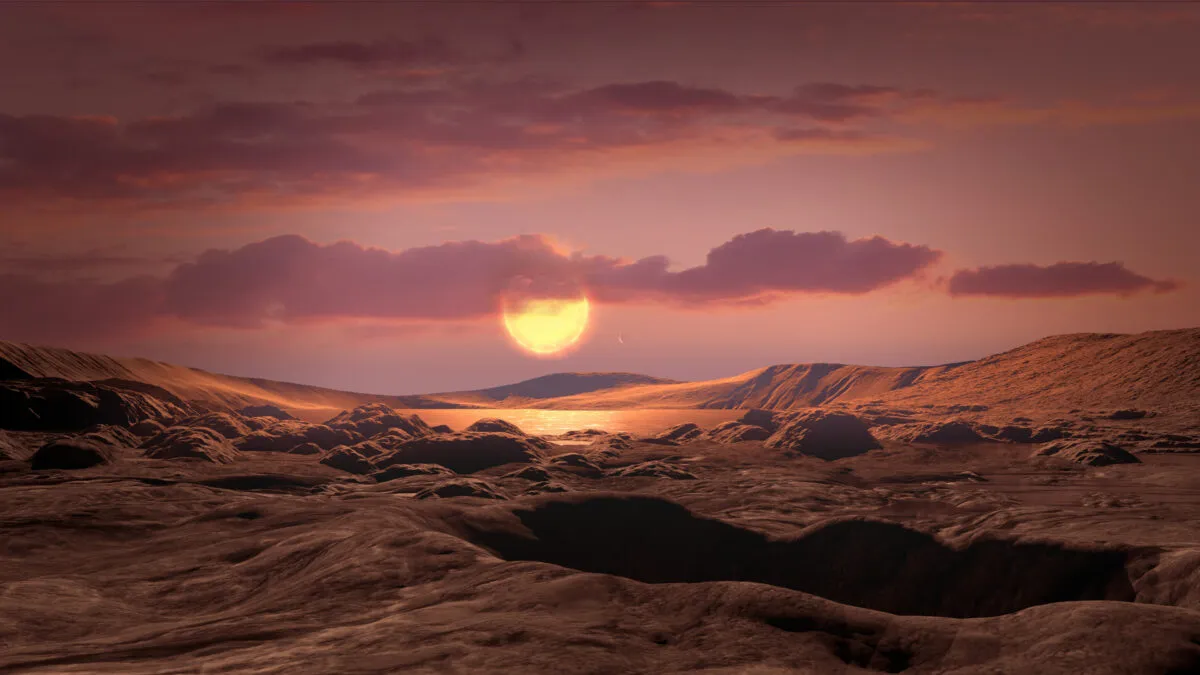
Count up five of the stars you see in the night sky and one of them will have an exoplanet in what’s called the ‘habitable zone’.
This is the band of orbits around a star where liquid water can exist on a planet’s surface.
Because water is so useful in biochemistry, it’s considered a prerequisite for life.
Today, astronomers know that planets are everywhere and, better yet, habitable zone planets are abundant.
That means astronomers know exactly where to look for life with our new, high-power telescopes.
The hunt for life won't start near Sun-like stars

The Sun is not an ordinary star. The most common type of stars in the galaxy – M-dwarfs – are quite a bit smaller, less massive and dimmer.
Because they are so much more common than their bigger Sun-like cousins, there will be more of them close to Earth.
That means they may be better targets for astronomers looking for life on orbiting exoplanets.
There is an important catch when it comes to targeting M-dwarf worlds, though.
Because they are less massive, they put out less energy and are dimmer.
That means their habitable zones are much closer to the star.
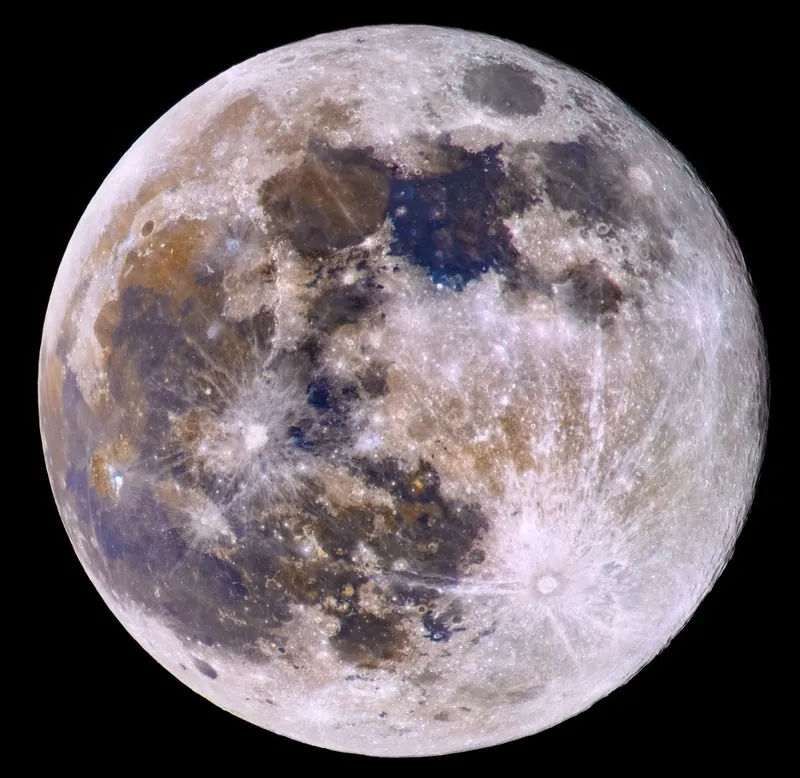
Any planet orbiting that close to its star would become ‘tidally locked’, which means that a planet’s spin and its orbit are synchronised so one side always faces the star while the other always faces away.
The Moon is tidally locked to the Earth, which is why we always see the same side of it.
Can life form on a world where one side is in perpetual daylight while the other side lives in eternal, frozen night?
There is no way to know unless we look, which is why several astronomers are examining these tidally locked worlds right now.
Our Solar System doesn’t have the most common type of planet

One of the great ironies of the golden age of astrobiology we’re living in is that we now know the Galaxy’s average planet is exactly the kind we don’t have in our Solar System.
There are no worlds orbiting the Sun with a mass between Earth’s and that of the ice giants Uranus and Neptune (14.5 and 17 times Earth’s mass, respectively), but that’s not the case in most of the Galaxy’s planetary systems.
The most common kinds of world in the Milky Way, and probably the Universe, are super-Earths and sub-Neptunes.
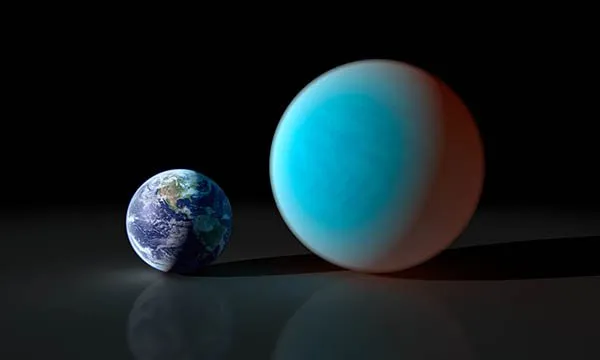
These are planets with masses right in that one-to-15-times Earth-mass gap.
Super-Earths are particularly interesting to astronomers because they will be scaled-up versions of our own world, meaning they’ll have solid surfaces.
A super-Earth in the habitable zone could have liquid water in the form of lakes or even deep oceans.
Since super-Earths are far more common than Earth-sized worlds like our own, they’re a prime target in the cosmic search for life.
Earth’s mix of water and land is probably rare

As we have seen, the astrobiological search for life begins with the search for water.
One of the strange facts about Earth is that it has an almost equal split of oceans and dry land (it’s actually 71% water to 21% land, but for us astronomers that’s close enough).
Planets form from repeated violent collisions between smaller bodies.
That means they form hot, with surfaces that are basically oceans of molten rock.
By the time those surfaces cool and solidify, any original water present gets boiled away.
If a world is destined to have lakes and oceans, the water will have to be delivered later, after the surface solidifies.
Astronomers now know this can happen via impacts of water-bearing asteroids and comets.
Life could hide beneath the ice of moons in our own Solar System
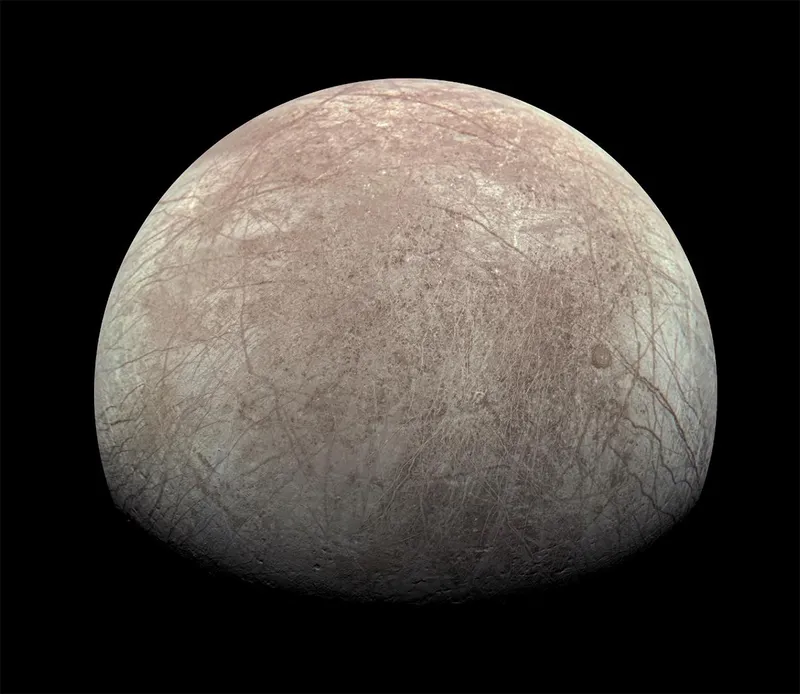
The habitable zone is a classic idea in astrobiology dating back to 1958 and American astrophysicist Su-Shu Huang.
But studies of our own Solar System have shown there is more to ‘habitability’ than just being in the habitable zone.
Europa, a moon orbiting Jupiter, and Enceladus, a moon of Saturn, are both known to host sub-surface oceans.
Europa has a 150km (100 mile)-deep ocean below a 15km (10 mile)-thick layer of ice and has twice as much water as Earth.
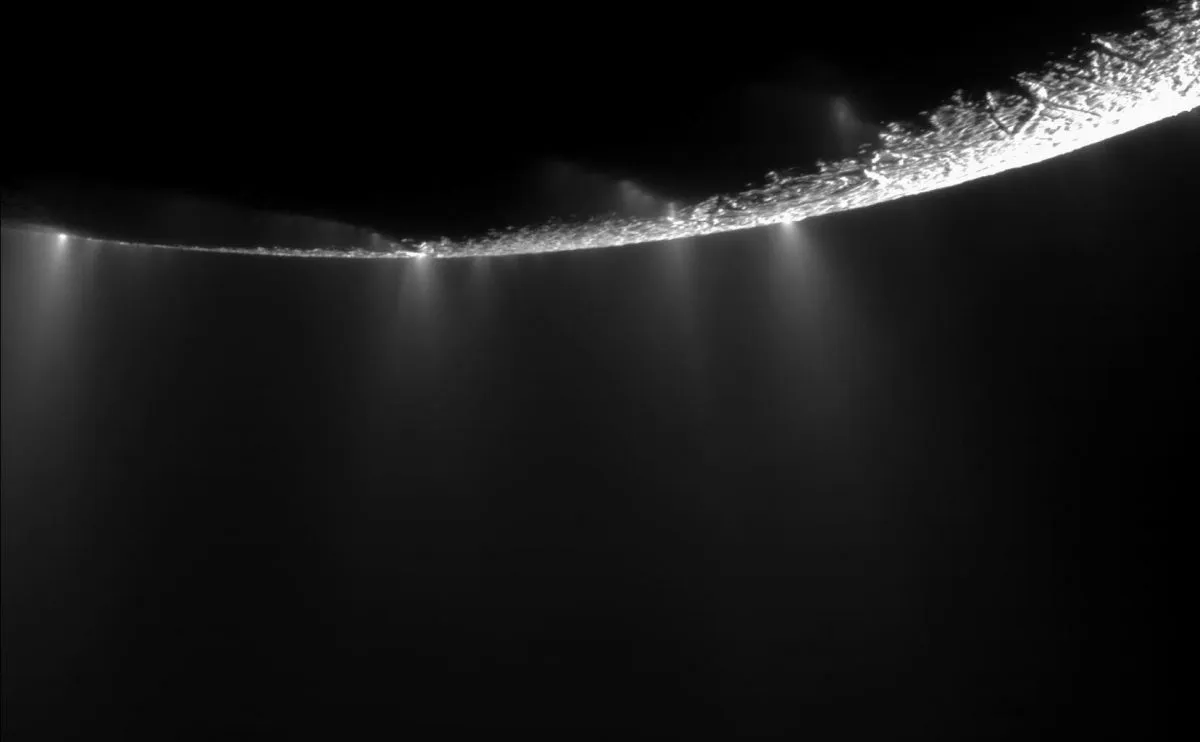
Enceladus spews geysers of salty water vapour hundreds of miles into space. Might life have formed on these ocean moons?
Could there be entire ecosystems of microbes, or even animals, living in the dark watery depths of these worlds?
While there are plans to send fly-over missions to the icy moons of Jupiter in the next few years, we will likely have to wait for answers to these questions until we can send probes beneath the surface, into the oceans of these moons.
But they represent thrilling possibilities in the search for alien life within our own Solar System.
A newly discovered type of planet could expand the habitable zone
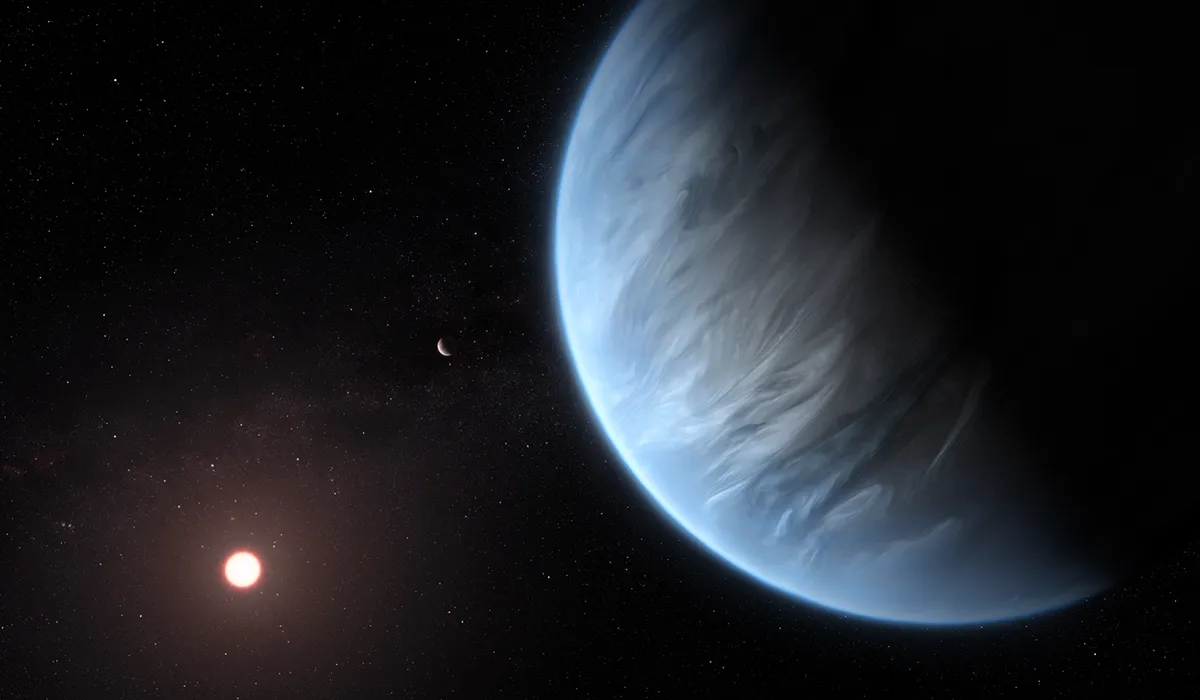
While rocky Super-Earths constitute a new class of planet for astrobiologists to explore, recent observations by the James Webb Space Telescope (JWST) have found evidence for an entirely new class of world that might also host life.
Sub-Neptunes are planets with masses 7–15 times the mass of Earth.
Previously, most astronomers believed they were just enormous balls of ice and gas, but recently scientists discovered an eight-Earth-mass world called K2-18b.
Less than a year ago, observations by JWST showed the balance of chemicals in K2-18b’s atmosphere provided strong support for it being a ‘hydrogen ocean’ (hycean) planet.
Covered by a thick atmosphere of hydrogen to provide strong greenhouse heating, hycean worlds would host deep, warm oceans.
As we’ve seen, liquid water is the holy grail for astrobiologists seeking life.
If K2-18b is a hycean world, then the Universe may host an even broader set of possibilities for life than terrestrial, Earth-like planets.
Because hydrogen atmospheres are so effective at trapping energy from the host star via the greenhouse effect, the habitable zone for hycean worlds would be much larger than that for terrestrial worlds.
Biosignatures – the fingerprints of life – can be found in planetary atmospheres

For me, the most remarkable thing about the search for alien life is that we know how we’re most likely to find it.
Thanks to developments in telescope technology, astronomers can now look into alien atmospheres to find biosignatures.
Exoplanets can be observed when they pass between us and their host stars. When this happens, the planet blocks out some of the starlight.
If the planet has an atmosphere, then some of the starlight passes through its veil of gas and interacts with the atmosphere’s atoms and molecules, leaving a kind of spectral fingerprint that can be picked up by telescopes on Earth.
By examining these fingerprints, astronomers can tell exactly what the alien ‘air’ is made of.
This process is called ‘atmospheric characterisation’, and it has huge implications for the search for life.

There are many gases that only exist in Earth’s atmosphere because life put them there.
The most dramatic example is oxygen, which is continuously belched into Earth’s air by photosynthetic organisms.
If we saw the spectral fingerprint of oxygen in the atmosphere of an exoplanet, it would constitute a biosignature – evidence the planet had a rich biosphere altering its air.
Astronomers are now hard at work making a library of possible biosignatures.
Some of these are things we know have occurred because of life on Earth, like oxygen.
Others, however, will be ‘agnostic’ biosignatures that have nothing to do with Earth life.
These come from thinking generally about how any form of biological activity could affect the atmosphere of its host planet.
It could be better to search for technosignatures rather than biosignatures

While biosignatures provide a path to discovering biospheres, astrobiologists are also hard at work exploring the possibilities for finding technosignatures as evidence of intelligent, technology- building civilisations, or technospheres.
Humans have created a technosphere on Earth: it’s the sum total of everything from our cities to the communication networks linking them.
I am currently the principal investigator on NASA’s first grant to study technosignatures from exoplanets.
Our job is to build a library of possible technosignatures that an alien planet with a civilisation might produce.
We have already studied a range of signatures that might be detected across interstellar distances, including city lights and atmospheric pollution.

One important point, though, is that technosignatures might be more prevalent and longer-lived than biosignatures.
Biospheres and biosignatures go together – you can only find something like oxygen where life is still creating it.
If that life dies away, then the biosignatures die with it.
But right now, Mars has a bunch of robots that originated from Earth, and there are a handful of space probes that have left the Solar System.
If human civilisation were to perish tomorrow, these space probes would still be out there.
Now imagine a civilisation 10,000 times more advanced than ours that was constantly sending out spacecraft.
That civilisation would produce many, many technosignatures that we might detect from Earth – even long after the civilisation itself had perished.
But the good news is that we are ready to start looking for them, and may soon be able to answer one of humanity’s oldest questions: are we alone?
